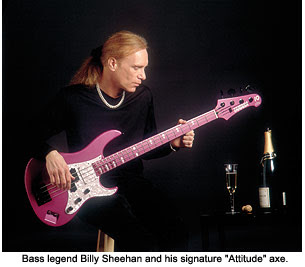
The first modern acoustic bass guitar was developed in the early 1960s by Ernie Ball of San Luis Obispo, California. Ball's aim was to provide bass guitarists with a more acoustic-sounding instrument that would match better with the sound of acoustic guitars. Ball stated that "...if there were electric bass guitars to go with electric guitars then you ought to have acoustic basses to go with acoustic guitars." Ball notes that "...the closest thing to an acoustic bass was the Mexican guitarron...in mariachi bands, so I bought one down in Tijuana and tinkered with it."[1]
Ball collaborated with George Fullerton, a former employee at Fender, to develop the Earthwood acoustic bass guitar, which was introduced in 1972. Production of this instrument ceased in 1974, resuming a few years later under the direction of Ernie Ball employee Dan Norton, until production finally ended again in 1985. The Earthwood acoustic bass guitar was quite large (and deep) in contrast to most instruments in current production, which gave it more volume, especially in the low register.photo 1photo 2photo 3 The Ernie Ball company describes Ball's design as "an idea before its time"; the instrument was little-used in acoustic musical performances until the late 1980s, when the acoustic basses were used in performances on the MTV Unplugged television program
.jpg)




